SUMMARY
This is AI generated summarization, which may have errors. For context, always refer to the full article.

CAGAYAN DE ORO, Philippines – At the state-run Northern Mindanao Medical Center (NMMC), an average of five people get confined each week for suicide attempts.
“In the last 24 hours, three patients attempted to end their lives,” Dr. Rutchell Simene, the NMMC’s family medicine and toxicology physician, told Rappler recently.
Cagayan de Oro has seen a surge in the number of suicide cases during the first half of 2023. This raises concerns among authorities about the factors that drove residents, including the elderly, to think about ending their lives.
The City Disaster Risk Reduction Management Office said there had been 47 suicides so far in 2023.
That figure is an increase of 162% from the 29 cases reported in 2022. There were 18 suicides in 2021.
Among the reasons cited by experts for the problem are the alienation and loneliness caused by rapid development, the inequity this may cause, and the lack of enough mental health professionals in Northern Mindanao’s biggest city.
Across ages
At the NMMC, the youngest patient to be admitted after attempting suicide was a 15-year-old high school student, according to Simene.
Simene said the patient survived, but physicians had to treat her damaged internal organs.
“She told us she contemplated suicide after failing to achieve top honors in her class,” Simene said.
Psychiatrists say, however, that a suicide attempt cannot be attribute to a single reason. It is always driven by a combination of factors.
The recent cases of suicide ideation in the city, however, have not been limited to young people or the millennial and Generation Z groups.
In a small church in the village of Kauswagan, Catholic parish priest Monsignor Rey Manuel Monsanto said he had been busy lately counseling parishioners who contemplated ending their lives due to despair or poverty.
Monsanto noted that a significant number of elderly parishioners felt lonely and isolated in their homes.
“These seniors are left alone in their houses as their children go out to work. They experience loneliness and, given their impoverished state, entertain thoughts of committing suicide,” he said.
Monsanto said the most severe case he saw recently was in a shopping mall when a retired soldier expressed his desire to end his life while causing grave harm to other people.
The priest managed to convince the ex-soldier to give up the plan, then promptly called the police to help handle the situation.
Inequality amid progress
Dr. Tristan Jediah Labitad, the cluster head for non-communicable diseases of the Department of Health in Northern Mindanao, said one of the factors for the rise in suicides was the rapid development of Cagayan de Oro. This has increased the levels of inequality and social exclusion among the residents.
Labitad said the elderly bear the brunt of the city’s development, as they are often left alone at home while their children go out to work.
“This is where we see an increase in suicidal thoughts among the elderly, as they feel neglected and isolated,” Labitad said.
Exacerbating the problem is the shortage of psychiatrists in Cagayan de Oro, which has only six for its population of 728,402.
A 2021 report by the World Health Organization said over 77% of global suicides in 2019 occurred in low- and middle-income countries.
“While the link between suicide and mental disorders (in particular, depression and alcohol use disorders) is well established in high-income countries, many suicides happen impulsively in moments of crisis with a breakdown in the ability to deal with life stresses, such as financial problems, relationship break-up, or chronic pain and illness,” the international agency said.
It added that experiencing conflict, disaster, violence, abuse, or loss and a sense of isolation are strongly associated with suicidal behavior.
“Suicide rates are also high amongst vulnerable groups who experience discrimination, such as refugees and migrants; indigenous peoples; lesbian, gay, bisexual, transgender, intersex (LGBTI) persons; and prisoners,” it added.
The city government’s psychosocial office also urged local media not to glamorize suicides and to exercise caution when reporting details and the methods of suicide. It cited the “contagion effect,” a phenomenon in which media coverage inadvertently triggers an increase in suicidal behavior among vulnerable people. – Rappler . com
Cagayan de Oro residents in need of professional help can dial 911 or talk to a professional at 0970-039-2709.
The Department of Health also has national crisis hotlines to assist people with mental health concerns: 1553 (landline), 0966-351-4518, and 0917-899-USAP (8727) (Globe/TM); and 0908-639-2672 (Smart/Sun/TNT).
Add a comment
How does this make you feel?
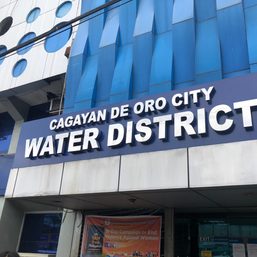

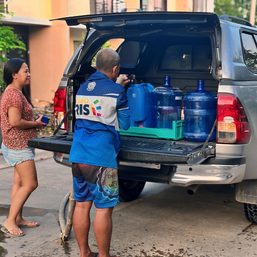
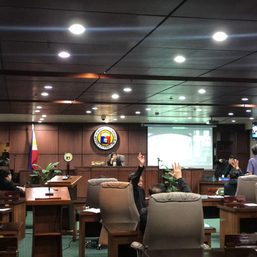
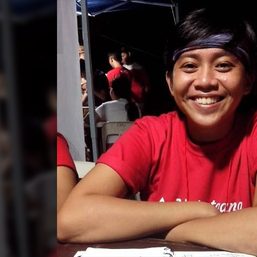
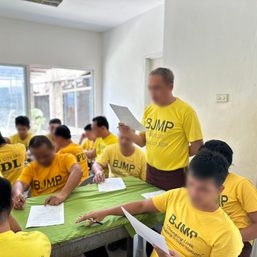
There are no comments yet. Add your comment to start the conversation.